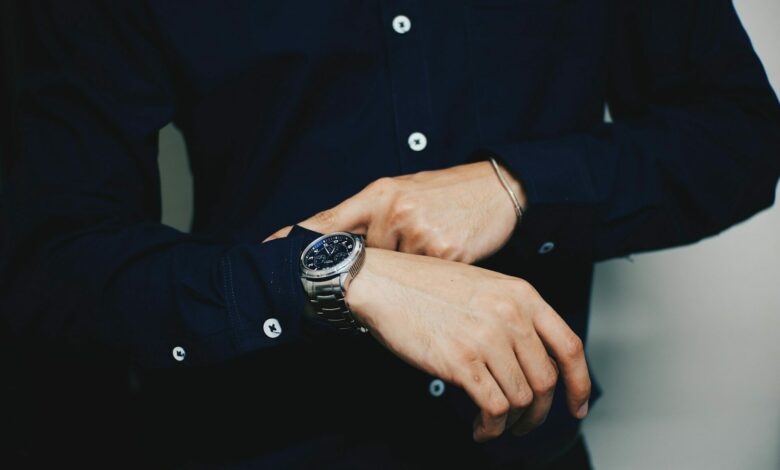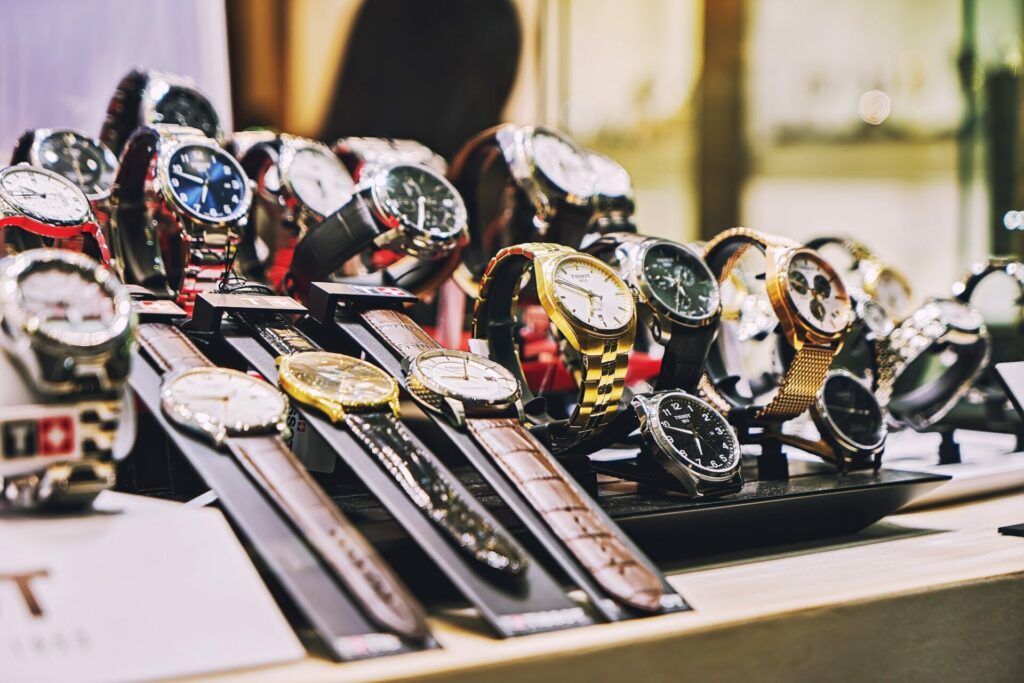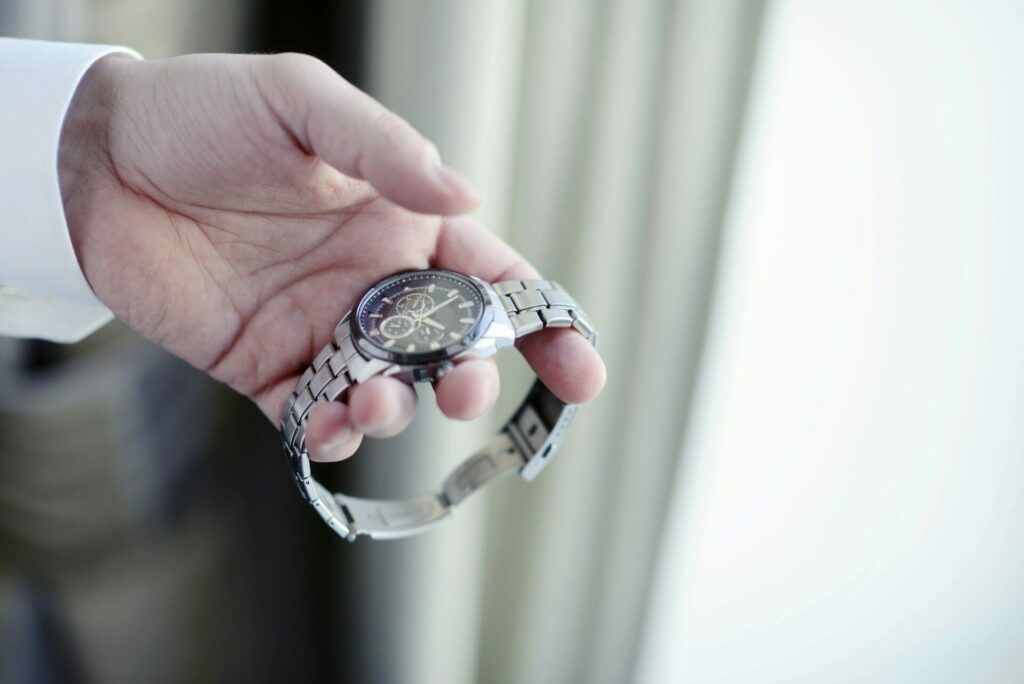
Watches are a huge market, and one that has developed an entire subculture around buying and selling rare or highly desirable watch models at premium prices. However, like any major niche based on a luxury item, there will always be opportunists looking to sell fakes for a high price.
When it comes to luxury branded watches, being able to identify fake branded watches can be extremely important. But how can you reliably tell a real watch from a counterfeit or copycat, and what are the most common signs of a fake watch?
1. Small Mistakes
Watches are an inherently difficult thing to create, which means that counterfeit watches are often missing some key details or have not been constructed in quite the right way.

A good example of this is very small engravings, like brand logos or decorative details – a cheaper fake will often stand out due to how poorly done these markings are if they have even been replicated on the fake watch at all.
2. Pricing
It is not impossible to find high-priced luxury watches being sold for heavy discounts, especially secondhand. However, anybody openly selling a watch as a collector’s item while keeping the price surprisingly low should be considered suspicious.
If the price seems significantly lower than all other listings for that watch, it is most likely fake. Even a slightly damaged watch can still fetch a very high price, so do not be fooled by listings that clearly try to sell a cheap fake off at a too-good-to-be-true price.
3. Bad Quality
Counterfeit watches will almost always be of lower quality than the genuine article. This is because counterfeiters have to cut corners somewhere, and often this is with the materials and build quality of the watch itself.
Scratches can easily be excused as wear and tear, but peeling paint or major construction issues can be a good sign of a fake watch.
4. Material Quirks
Cheaper watches often use cheaper materials or less material than the original would have used. The former means that they often look mismatched and do not quite look like the real deal, while the latter can make them weaker and lighter overall.

In either case, the material used in a fake watch will almost always be inferior to that of a real one.
You can usually tell a fake by how it feels when you pick it up – it might be thinner or lighter than the real thing, or just have a different “tone” or texture to it. In some cases, the materials might even feel rough or tacky instead of smooth and well-machined.
5. Lack of Documentation
When you purchase a real luxury watch, it will almost always come with a set of documentation or packaging that certifies its authenticity and lists the specific features of the model.
The only exception is buying watches secondhand, but this can be solved by using watch authentication services like the one at this website to get them re-checked.
Counterfeit watches, however, will not have any such documentation – or, if they do, it will be completely forged or taken from a real watch that the seller kept for themselves. In some cases, this will be obvious, especially if the proof of authenticity they give you is for a completely different watch.



